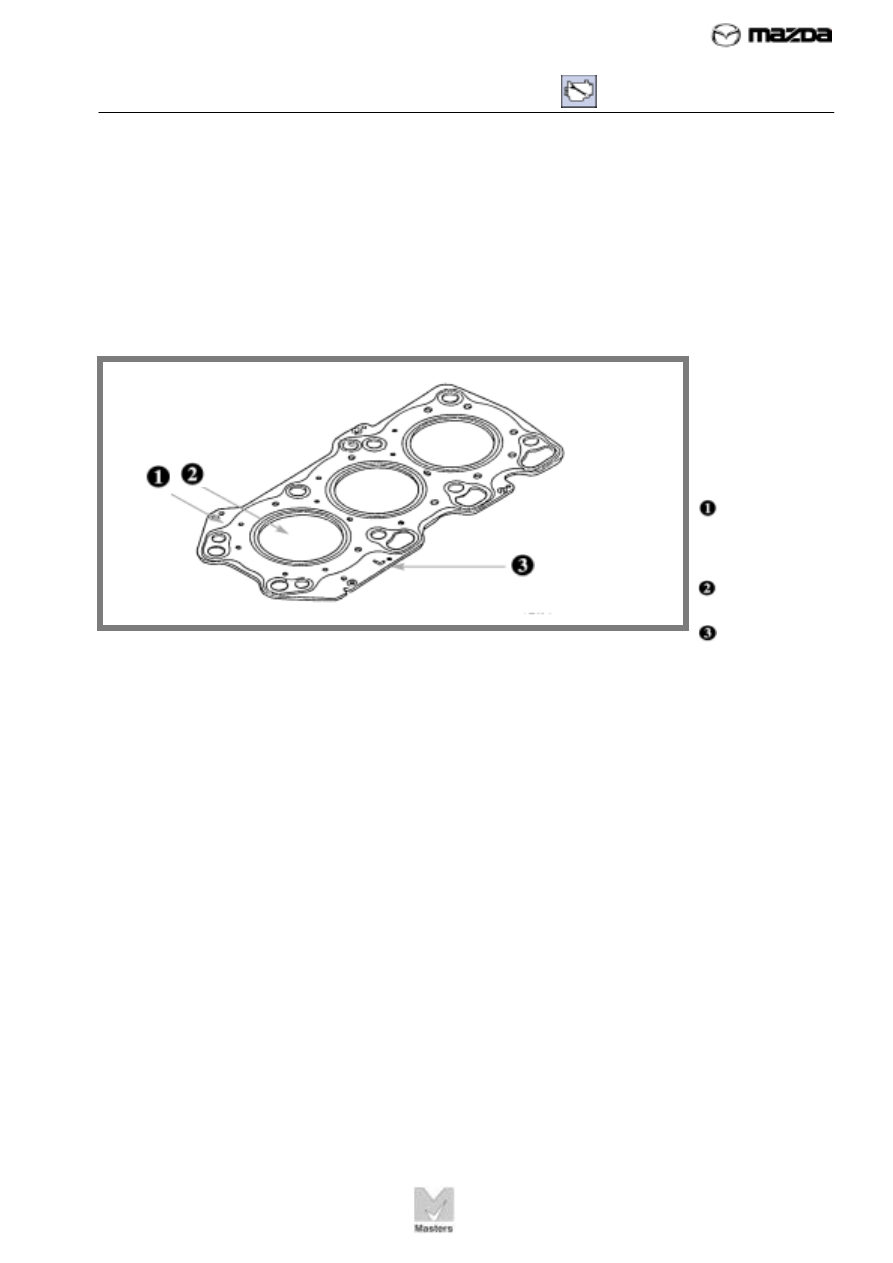Mazda Training manual - part 240

4 – VALVE TRAIN
45
Piston Engine Fundamentals
TC010-05-01S
The cylinder head includes spark plug mounting holes, valve ports and
seats, and coolant and oil passages.
Sealing
The cylinder head gasket, shown in Figure 30, seals the combustion
chambers. The gasket is usually made of steel coated with a softer sealing
material.
Because this seal is so important to engine operation, the head gasket
must be replaced whenever the cylinder head is removed and replaced. In
addition, the sequence and procedure for tightening the cylinder
head bolts is critical to good sealing.
FIGURE 30. The
cylinder head
gasket seals the
combustion
chambers and
coolant
passages.
Left cylinder
Head gasket
for V-6
engine
Cylinder
opening
Identifying
mark for left
cylinder head